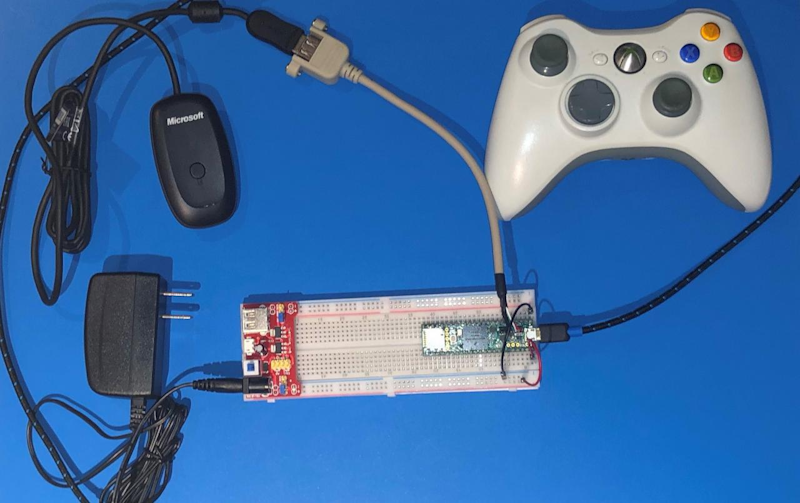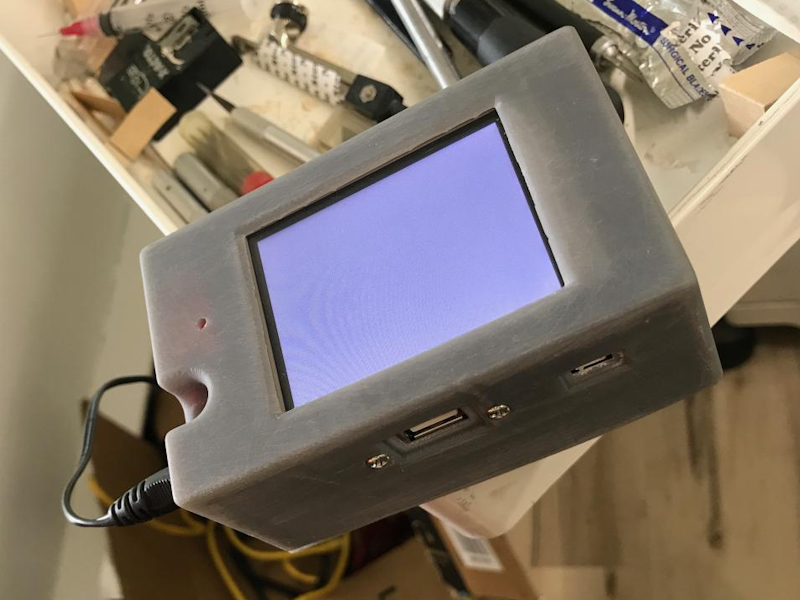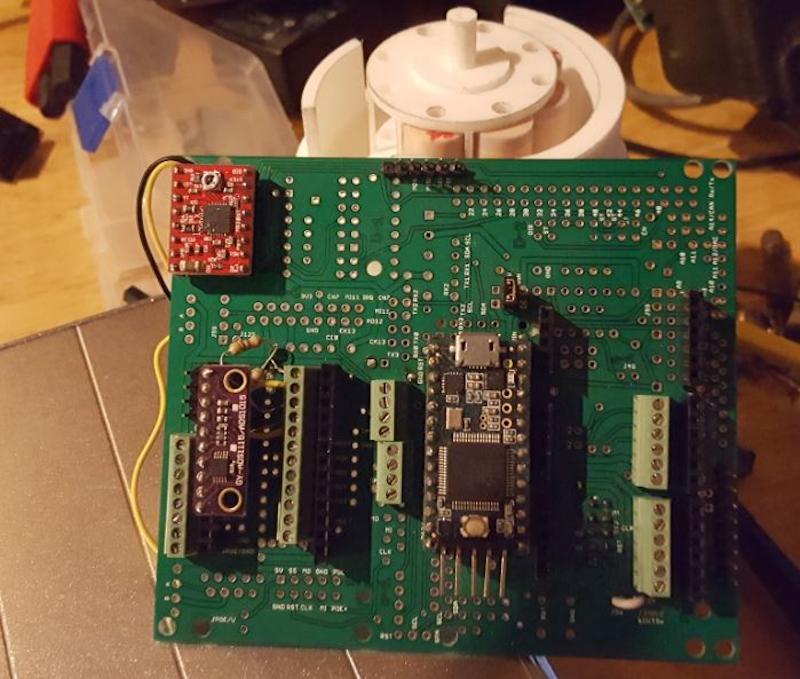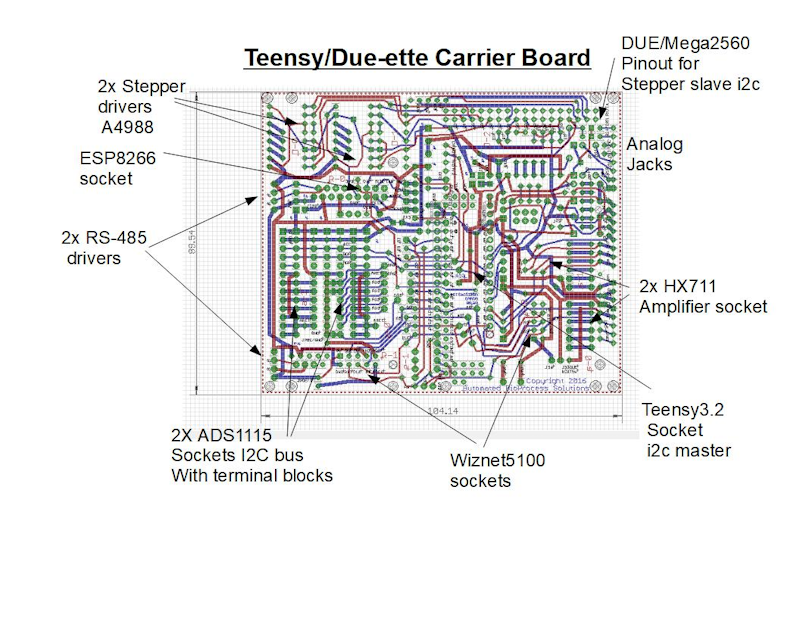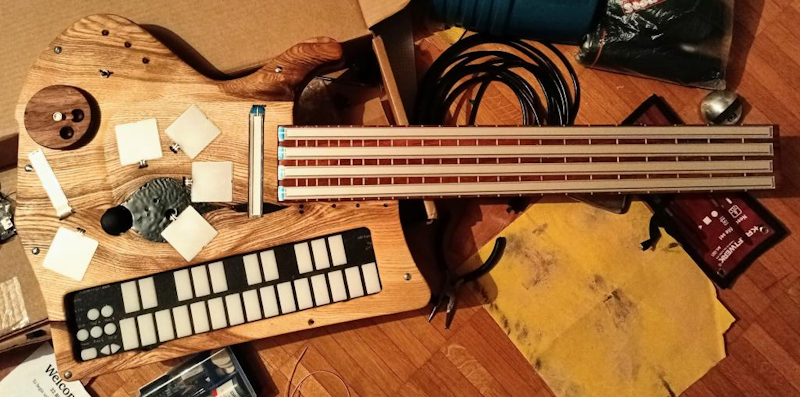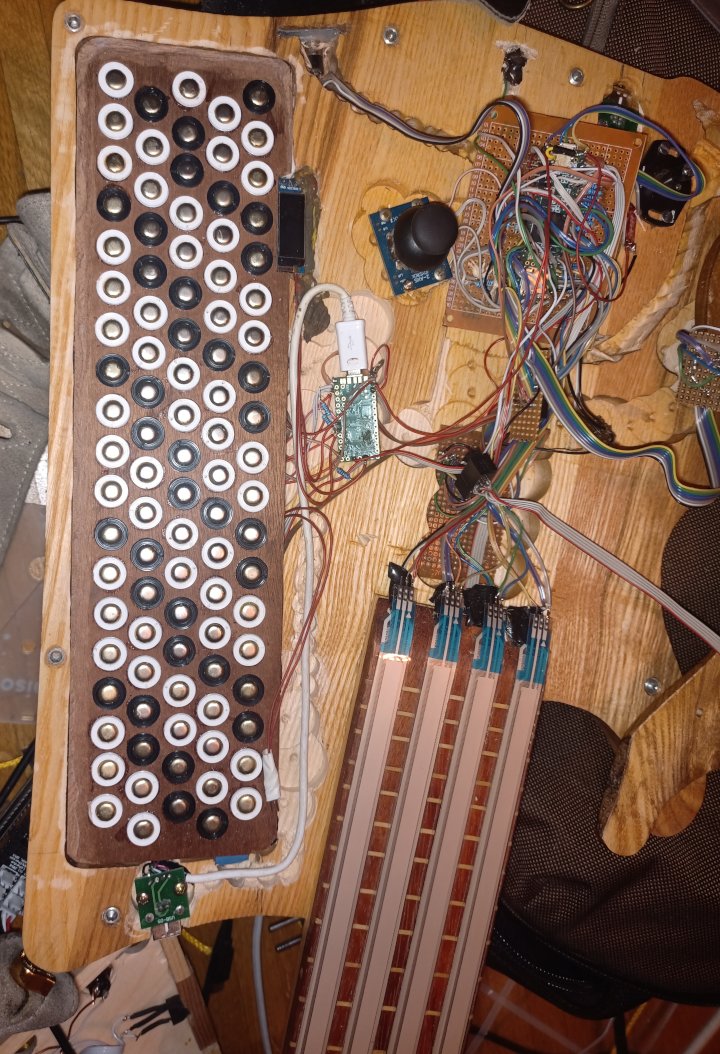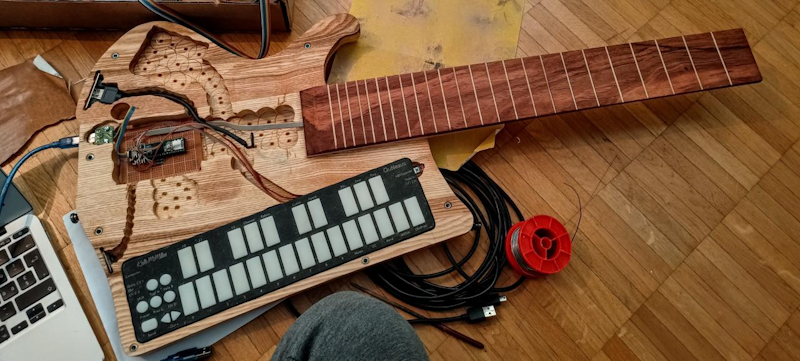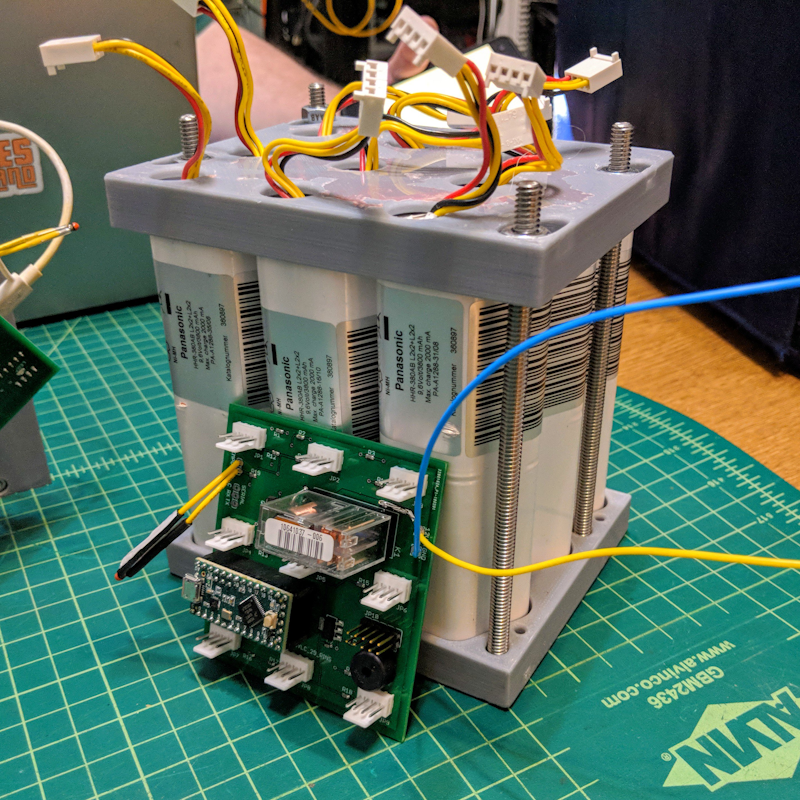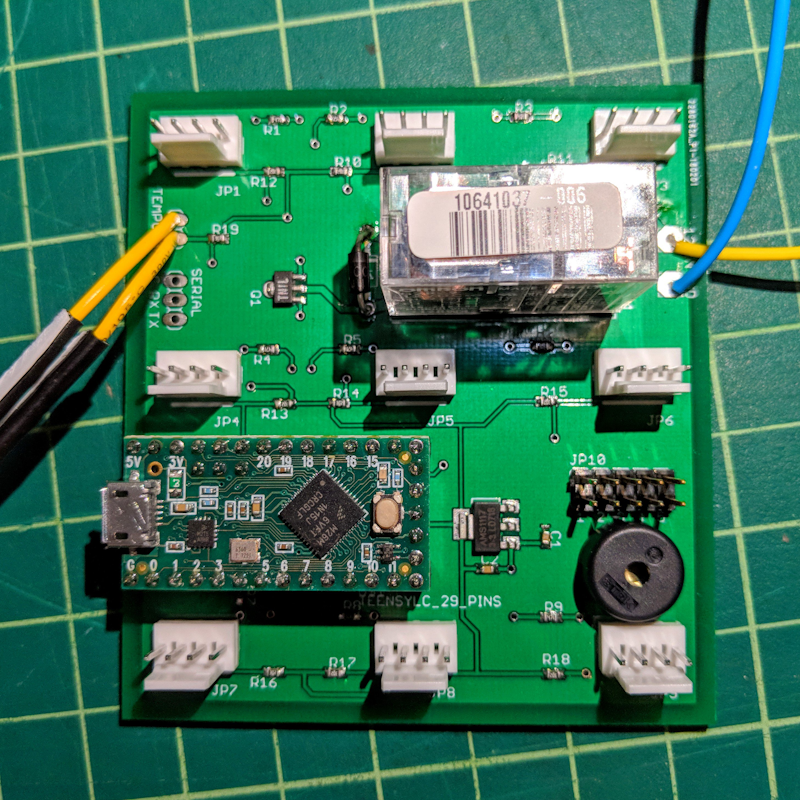The human eye is an amazing piece of hardware, and various tricks and exploits are used every day to create such illusions as movies and Persistence-of-Vision (POV) displays.
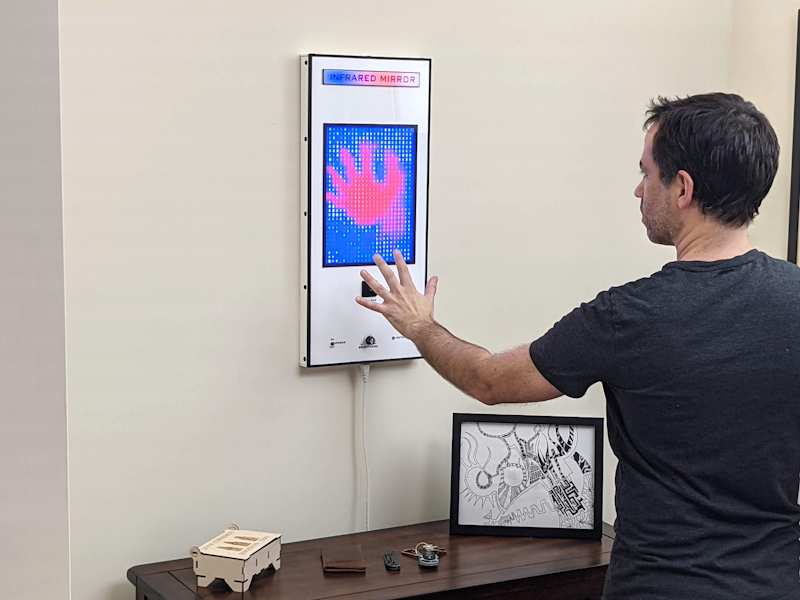
Unlike vampire bats and mosquitos, however, the human eye lacks the ability to see infrared light — that area of the spectrum beyond human-visible red but before microwaves. SugarBombs sets about rectifying this oversight (or should that be undersight?) in the construction of our eyeballs with his Teensy-powered InfraredMirror project.
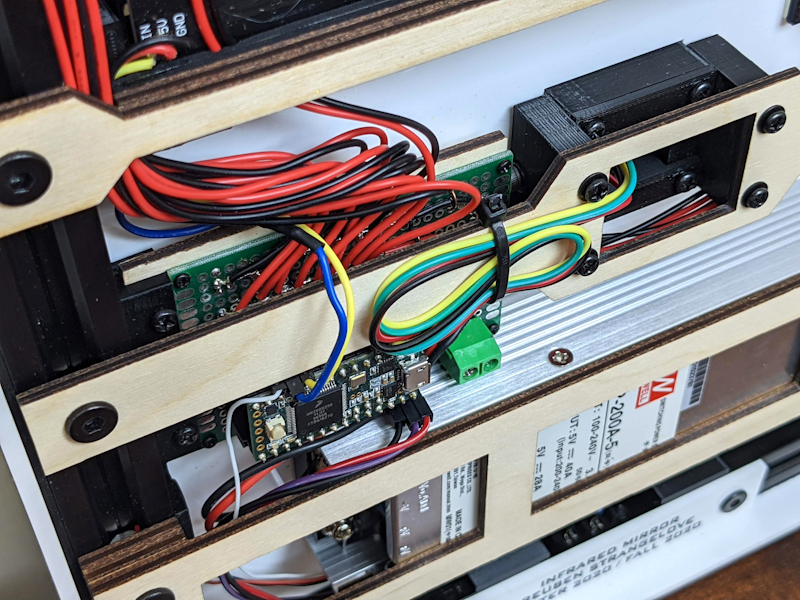
The device is based around a Melexis MLX90640 far infrared thermal sensor array, which provides a 32×24 “image” of thermal data, in a similar fashion to a (very low-resolution) typical camera sensor, but in the infrared spectrum. This data is then displayed on similarly low-res LED matrix, effectively reflecting the radiation data, or “heat”, in a similar manner to a traditional mirror. Firmware, STLs, and more can be found in the project’s GitHub repo.
